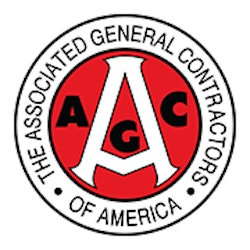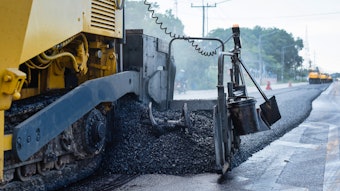
Thirty-eight percent of highway contractors had motor vehicles crash into their construction work zones during the past year, according to the results of a new highway work zone study conducted by the Associated General Contractors of America. Association officials added that the study found work zone crashes are more likely to kill vehicle operators and passengers than construction workers.
“Any time your job site is just a few feet away from fast moving traffic, danger is never far away,” says Mike Hoover, the chair of the association’s national highway and transportation division and executive vice president of Tempe, AZ-based Sundt Construction. “When you see construction signs and orange barrels, take your foot off the gas, put the phone down and keep your eyes on the road.”
Hoover said that 46 percent of contractors reported that motor vehicle operators or passengers were injured during work zone crashes this past year, and 14 percent were killed in those crashes. While they are less likely to kill construction workers, highway work zone crashes do pose a significant risk for people in hard hats, Hoover added. He noted that more than 18 percent of work zone crashes injure construction workers, and 8 percent of those crashes kill them.
Work zone crashes also have a pronounced impact on construction schedules and costs, Hoover said. He noted that 21 percent of contractors reported that work zone crashes during the past year have forced them to temporarily shut down construction activity. Those delays were often lengthy, as 30 percent of those project shutdowns lasted two or more days.
Association officials said that 68 percent of contractors nationwide feel that tougher laws, fines and legal penalties for moving violations in work zones would reduce injuries and fatalities. And 70 percent of contractors nationwide agree that more frequent safety training for workers could help. They added that many firms and the association have crafted these types of highway safety programs.
But Hoover suggested that the best way to improve safety was for motorists to be more careful while driving through highway work zones. “The best way to improve work zone safety is to get motorists to slow down and pay attention,” Hoover said.
The work zone safety study was based on a nationwide survey of highway construction firms conducted by the association in March and April of this year. Nearly 800 contractors completed the survey nationwide, while a large enough sample of contractors in eight states completed the survey to allow for state-specific results.
View the national highway construction zone survey results. View results for Texas, California, Iowa, Missouri, North Carolina, Colorado, Kentucky and Washington state.


























